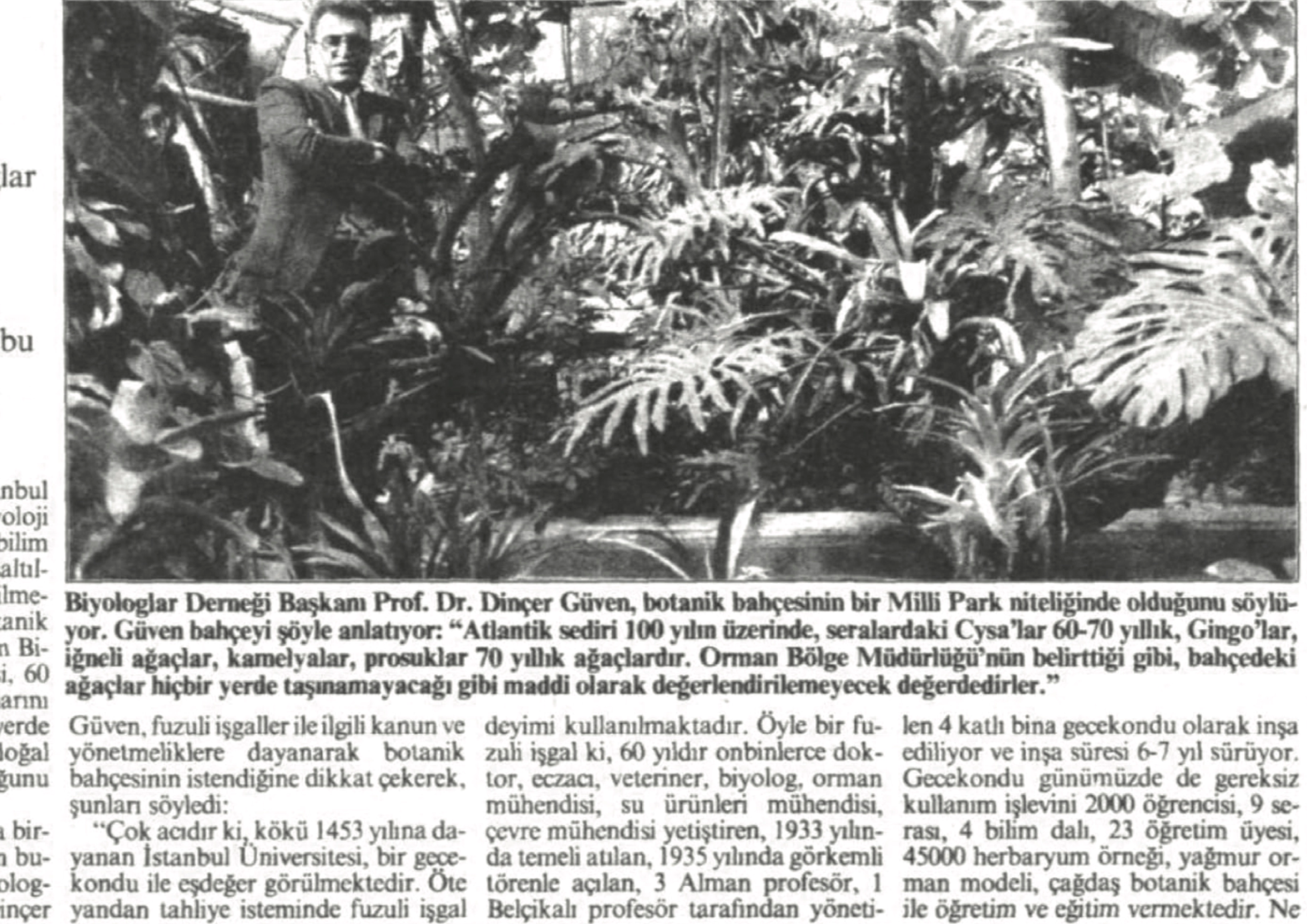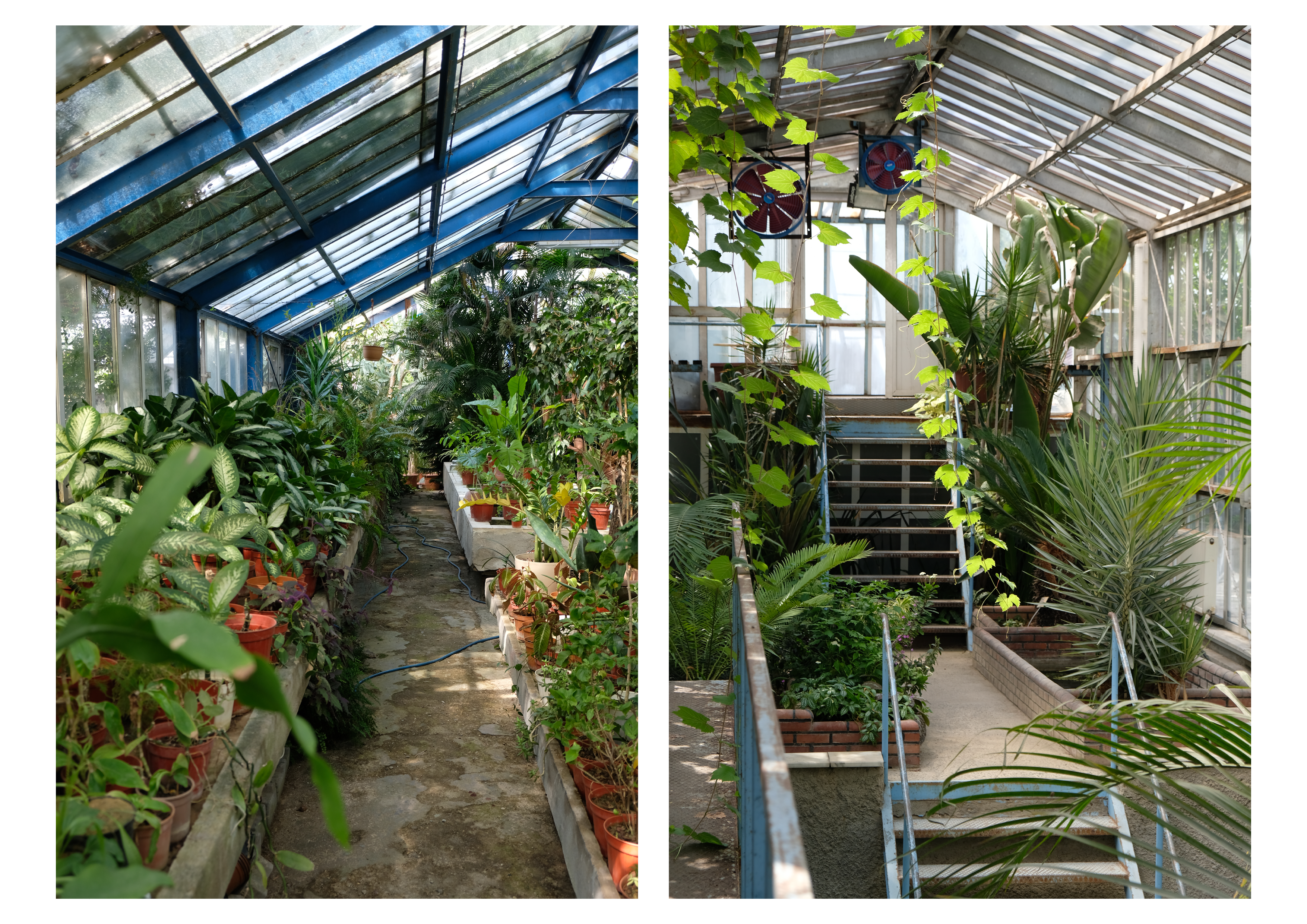Memory of a Place and the Topography of Destruction
Research and lecture performance / İstanbul / with Eda Aslan
Research and lecture performance / İstanbul / with Eda Aslan
When passing the Golden Horn Bridge, one’s curiosity is piqued by a single remaining green space. A piece of land in the Historical Peninsula... Upon that spot today lies the Botanic Institute and the Alfred Heilbronn Botanic Garden, connected to Istanbul University. From the Ottoman State to our present-day in certain periods such institutions as the Janissary Corps, the office of the Shaykh al-Islam (Shaykh al Islam), the Istanbul Girls High School, and the office of the Istanbul Muftiate (Istanbul Müftülüğü) have all taken charge of this space. Over the years and within the frame of this changing land, fires, demolitions, and executions have all taken place. The soil covers over these layers of history, upon which today there live plants from various climes. For eighty years the garden has provided habitat for 3,000 plant species.
The ruling to hand over the garden estate to the Presidency of Religious Affairs and to demolish the Institute of Botanics, which was officially announced in 2017, called attention to the building’s relationship with the city, social memory, urban and cultural heritage. On this tract of land on the Historic Peninsula, in the corner of Süleymaniye Mosque, Istanbul Muftiate aims to reconstruct Bab-ı Meşihat Building. The precondition of this is the demolition of the Botanical Institute—a structure built in 1935 and certified as a site of cultural heritage. When looking into the past of this site we see that this situation of demolition and reconstruction continually repeats itself physically and symbolically.
Every changing political period brings with it forms of social rupture and influences that physically alter the spaces of the city. Every demolition opens the door to the erasure destruction of one aspect of urban memory. This becomes a form of trauma spreading out through the city. From the stories told in this narrative, it is possible to speak of a commonality shared among structures rooted into the land, plants, stones, and people. This commonality is the state of displacement/heimatlos that changes with each period are changing ideologies. Just like the exile of the professors that are at the centre of this story, maybe this piece of land itself can be read as one of many exiles.
Memory of a Place and the Topography of Destruction research questions the connections of the present decision with past conflicts and exiles.






